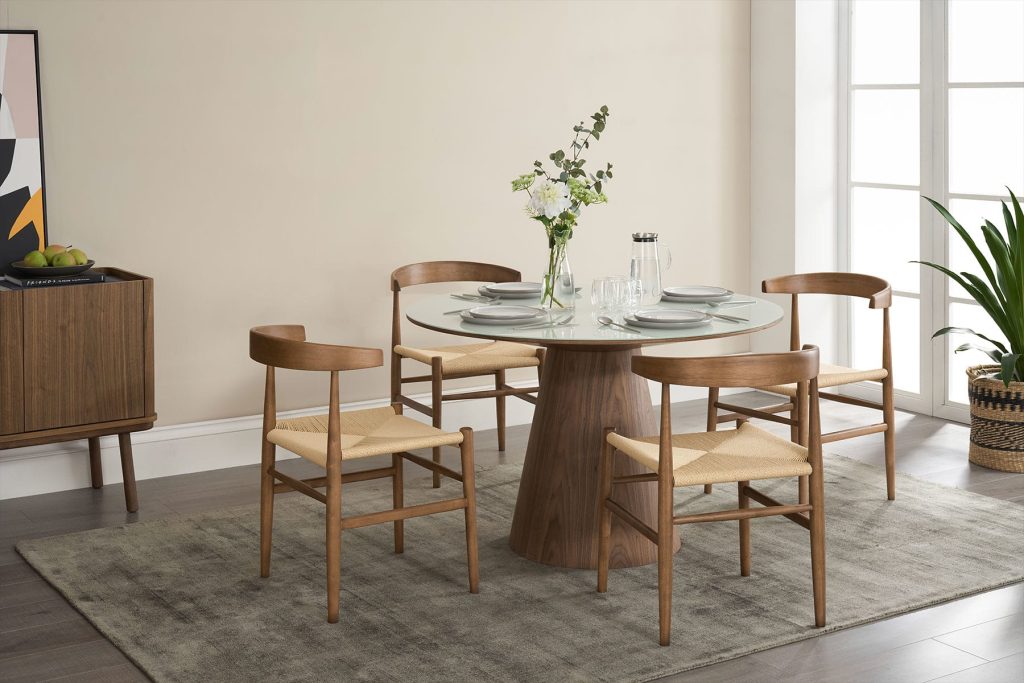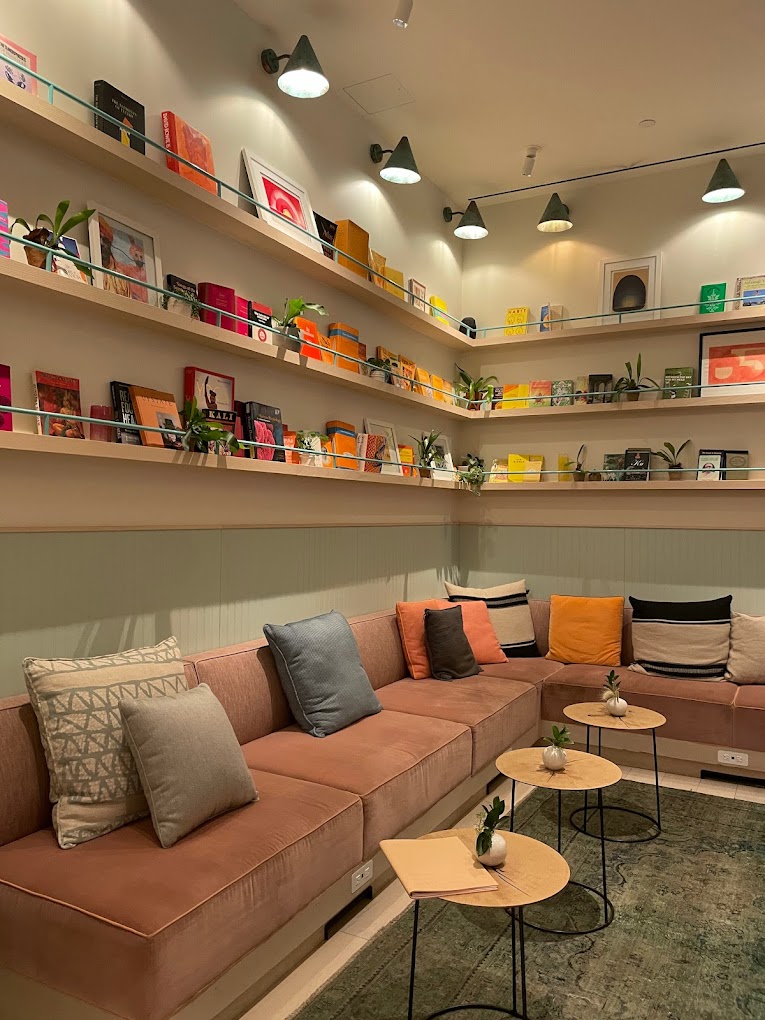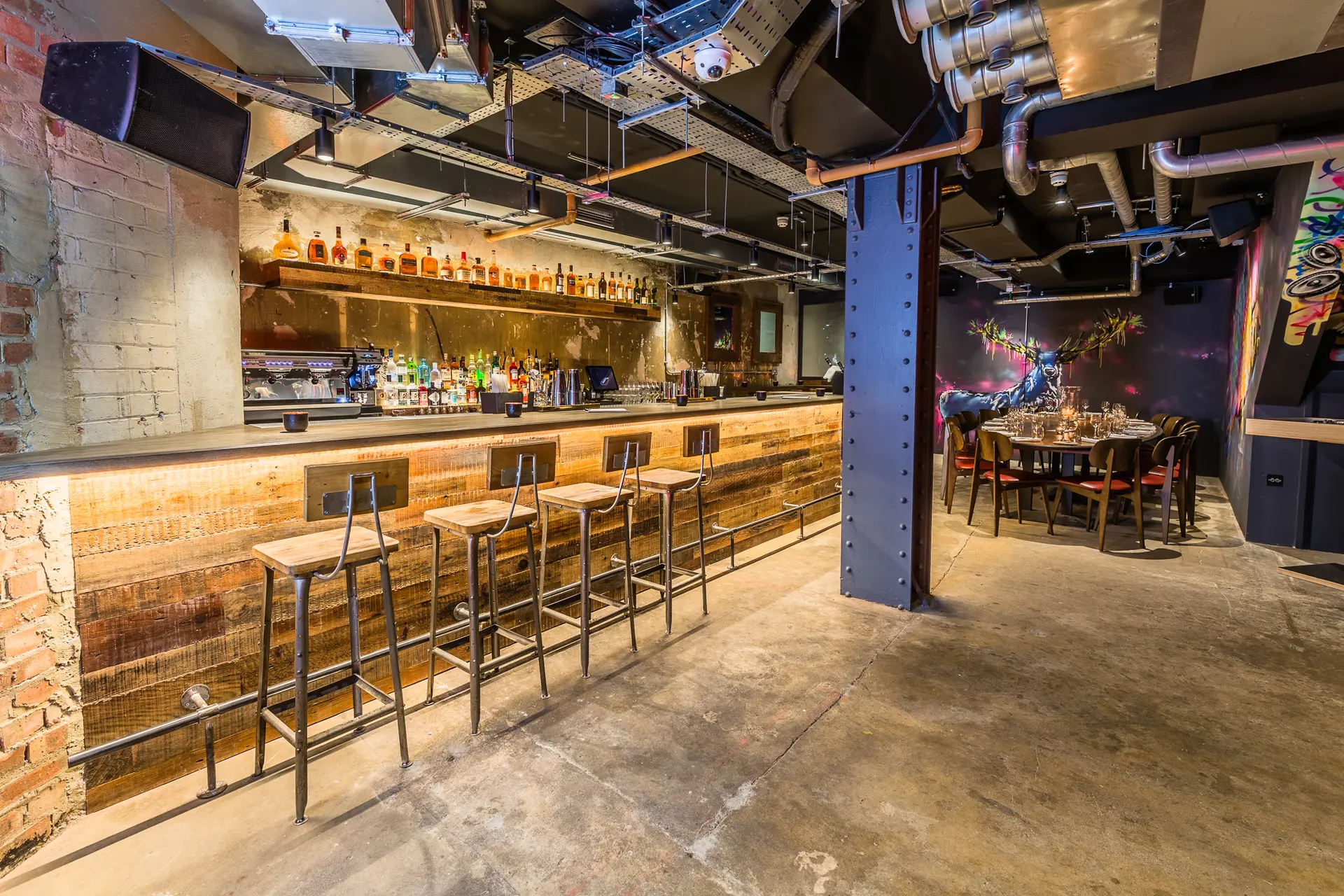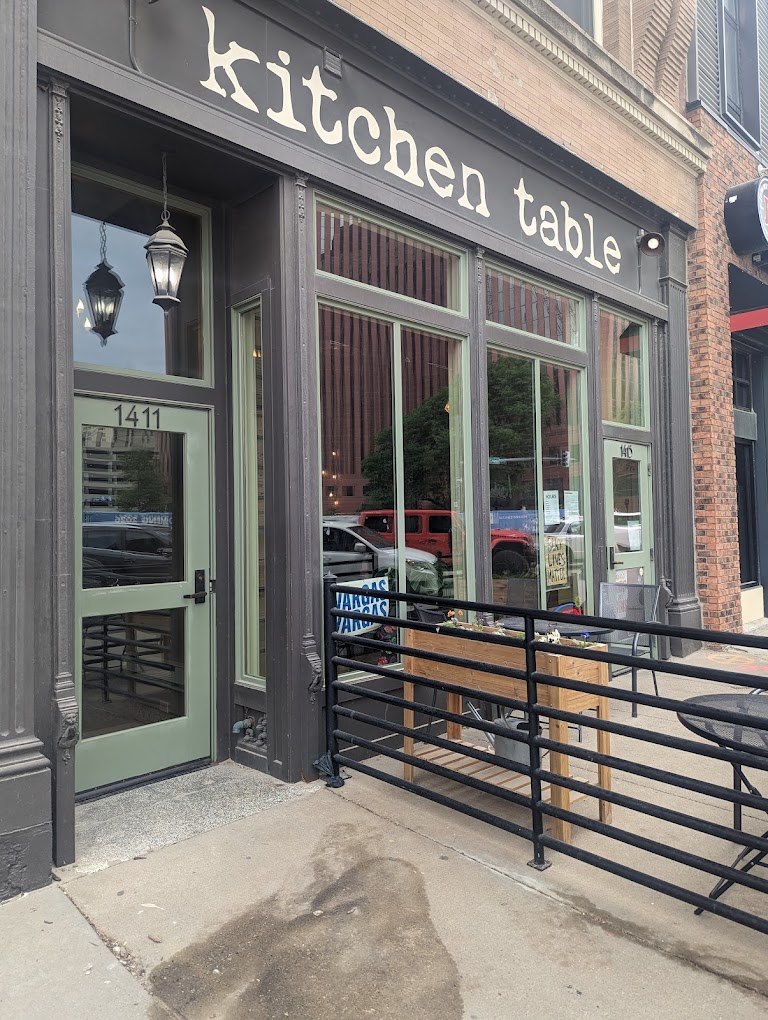Painting a wooden dining table opens up creative options to transform the look or refresh worn finishes. With the right prep work and painting technique, you can give new colorful life to an outdated table. Follow these steps for properly painting wood to create a stunning focal piece.

Assess the Table
Examine the existing table condition:
- Identify wood type – oak, pine, maple, etc. Soft and porous woods absorb more paint.
- Check for prior treatments like stains or seals that need removal.
- Look for any repairs needed before painting like gouges, scratches or loose joinery.
- Feel for a smooth sanded surface so paint adheres well. Sand if needed.
- Make sure table is clean and degreased before painting.
Choosing Paint
Consider paint options:
- Latex acrylics work for most projects. Many sheens are available and dry fast.
- Enamel paint provides super durable and reflective glossy finish. Needs longer dry times.
- Chalk paint applies smoothly with subtle matte finish. No sanding or priming needed.
- For a distressed look, use water-based milk paint.
- Opt for stain-blocking primer for covering dark woods or stains.

Prepping the Surface
Proper prep ensures long-lasting paint adhesion:
- Fill any holes, gouges or cracks with wood filler and let dry completely.
- Lightly sand entire table with fine grit sandpaper to rough up surface. Wipe away dust.
- Use TSP cleaner and rag to remove grease and grime that impede paint bonding.
- Apply wood conditioning treatment if staining existed.
- Prime with stain-blocking primer for problematic woods like pine or mahogany.
Painting Techniques
Use proper technique for a smooth painted finish:
- Work in a well-ventilated area and use a respirator.
- For staining woods, apply gray primer to neutralize undertones.
- Use Angled paintbrush for hard to reach corners and edges. Roll larger areas.
- Maintain light, even coats and brush strokes to minimize streaks and drips.
- Allow proper drying times between coats according to the paint specifications.
- Finish with 2-3 coats for best coverage and durability.
- For a distressed look, scuff before final coat dries using sandpaper or steel wool.
Protecting the Finish
Seal paint with a protective top coat:
- Use water-based polyurethane for a crystal clear, durable seal on acrylic paints.
- For added protection, apply paste wax over cured polyurethane and buff lightly.
- If using chalk paint, apply soft paste wax only to seal as polyurethanes may react poorly.
- Check paint can instructions as some specialty paints don’t require top coat.
Maintenance
Keep painted table looking fresh with:
- Coasters under tableware to prevent hot items damaging finish.
- Dusting regularly with a soft lint-free cloth.
- Avoiding harsh cleaners. Use mild dish soap and water only when needed.
- Reapplying paste wax every 1-2 years or as sheen dulls.
With the right prep and product selection, you can revive and customize a tired wood table with long-lasting painted finish. Just take time to properly prepare the surface and apply.










